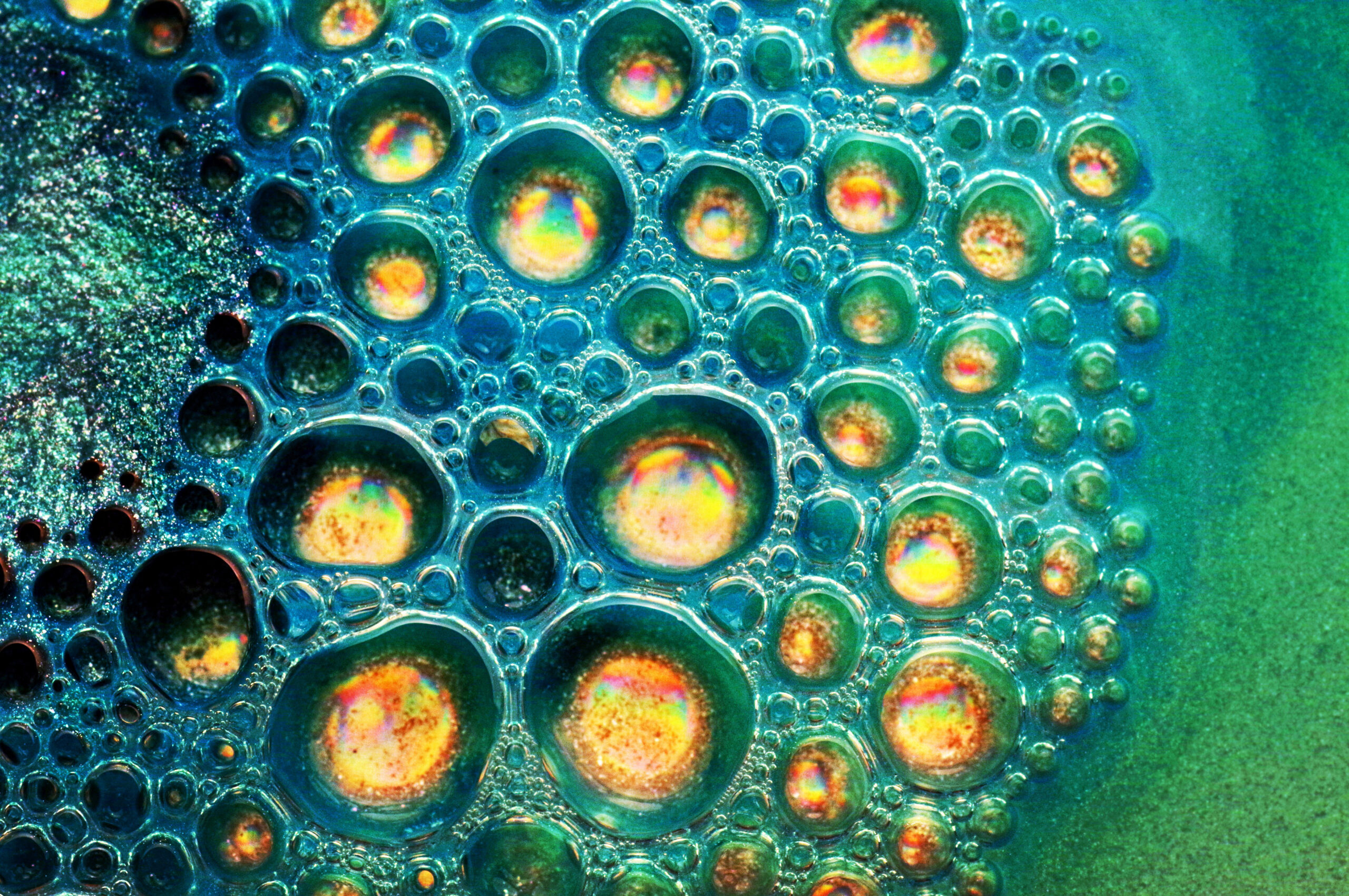
This first study to evaluate the temporal trend of tire and road wear particles (TRWP) in river sediments included the first reported results of TRWP in retained solid samples collected from a river, with results suggesting that lower TRWP concentrations over time could indicate improvements in water quality.
TRWP are formed at the frictional interface between tires and the road surface. Tire tread and road pavement materials are denser than water but can be washed from the road surface into receiving water bodies, ultimately depositing into sediment, soil, or other media depending on the receiving environment.
However, the scarcity of mass-based measurements has limited the knowledge on the nature and extent of environmental concentrations necessary for environmental risk assessment of TRWP.
Surface water and sediment samples were collected from the Seine River, France to characterize TRWP concentration.
Sample locations were established upstream, within, and downstream of a major metropolitan area (Paris); downstream of smaller urban areas; adjacent to undeveloped land; and near the confluence of the estuary.
Retained solids and sediment samples were analyzed using a modified pyrolysis gas chromatography/ mass spectrometry (Py-GC/MS) method that minimized the matrix interferences in the samples thus improving the current ISO Technical Specification ISO/TS 21396 : 2017 for TRWP mass concentration by Py-GC/MS.
TRWP concentration was alternatively estimated by separating the sediment into the <1.9 g cm−3 fraction and analyzing for tread-derived zinc content. TRWP concentrations estimated by zinc method were significantly higher than results from the modified Py-GC/MS method.
TRWP and total zinc concentrations show a decreasing trend from available historical data.








